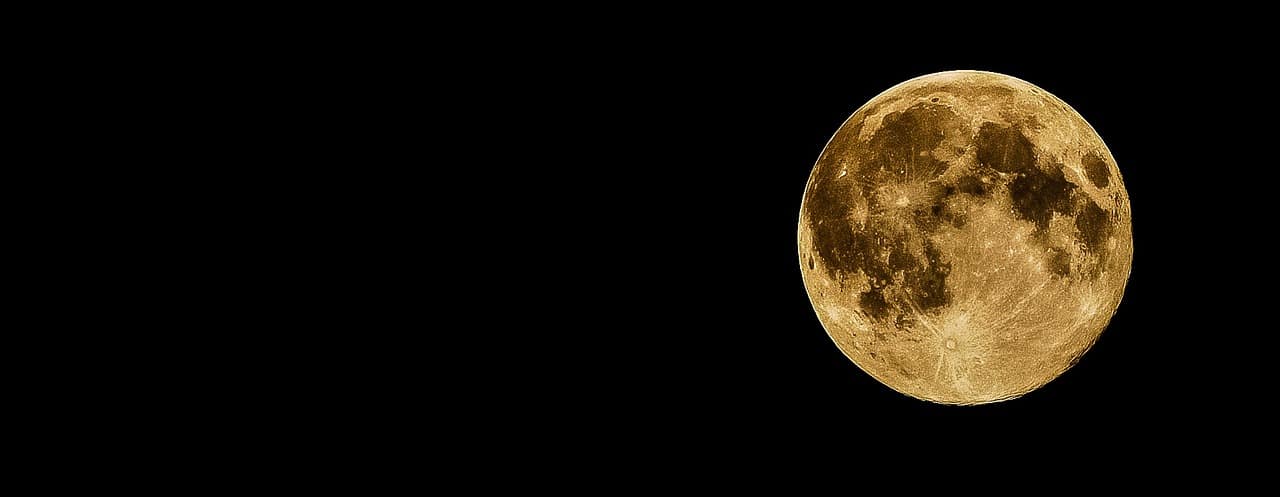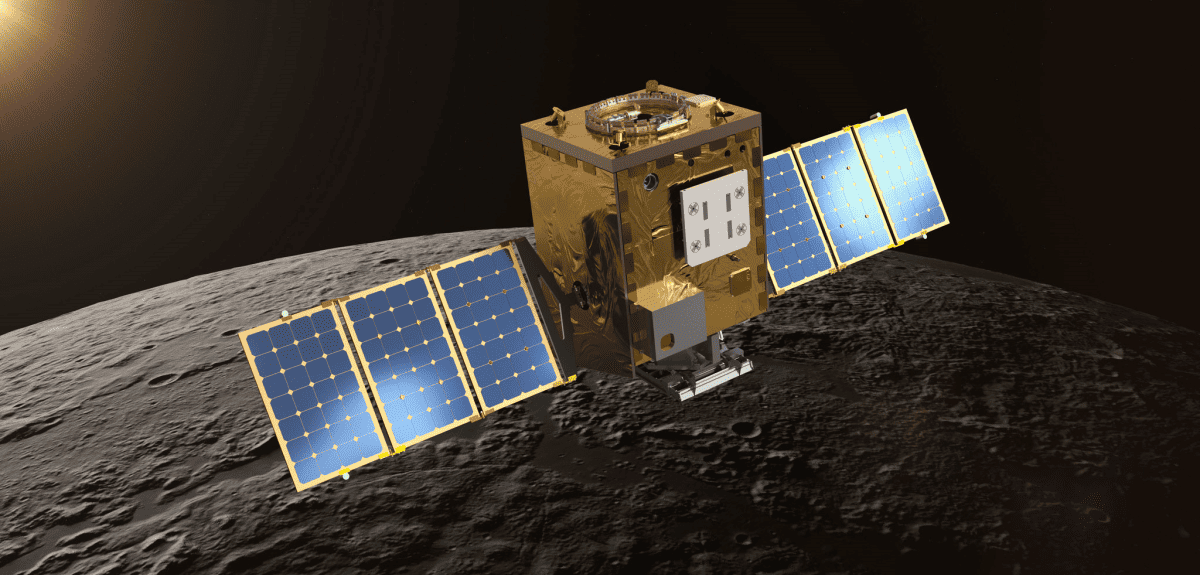
India’s lunar lander, Chandrayaan-3, made a historic landing at the moon’s south pole exactly one week ago. India is the fourth country to succeed and the mission is already more than successful. The vehicle discovered not only sulfur but also other elements such as iron, chromium, and titanium. This discovery was made using the Laser-Induced Breakdown Spectroscope (LIBS) aboard the rover. The presence of sulfur may indicate possible water ice nearby, which could be invaluable for future exploration.
- After the US, Russia, and China, India became the fourth country, as of last week, to make a successful moon landing;
- The Indian lunar lander detected sulfur. This is groundbreaking because previous projects failed to do so;
- The discovery of sulfur indicates the presence of water ice.
The successful landing
Exactly one week ago on Aug. 23, Chandrayaan-3, the Indian lunar lander, successfully made a historic landing at the moon’s south pole. Predecessor, Chandrayaan-2, had a technical problem and crashed in 2019. The successful landing of Chandrayaan-3 marks a huge victory for India, which is now the fourth country to successfully perform a soft landing on the moon. Earlier, only the United States, Russia, and China succeeded.
The moon’s south pole has so far been a relatively unexplored area, studied only by space probes in orbit. The landing of Chandrayaan-3 at the south pole is thus a first and opens a new chapter in lunar exploration.
Discovery of sulfur and other elements
Chandrayaan-3 not only made a historic landing but also made important scientific discoveries. Using the Laser-Induced Breakdown Spectroscope (LIBS) and the Inductively Coupled Plasma Spectrometry instrument aboard the rover, the mission confirmed that sulfur is present on the lunar surface along with other elements such as iron, chromium, and titanium.
The discovery of sulfur is special because it could not be detected by instruments aboard satellites in orbit around the moon. The fact that Chandrayaan-3 was able to detect sulfur highlights the importance and value of lunar landings for scientific research.

The implications of the discovery
The presence of sulfur may indicate the possible presence of water ice nearby. If water ice is indeed found at the moon’s south pole, it could be a valuable resource for future lunar colonists. Water can not only be used as drinking water but also split into hydrogen and oxygen, which can be used as a source of oxygen and as rocket fuel.
In addition, the discovery of sulfur and other elements on the moon may contribute to our understanding of the early days of our solar system. The moon’s composition, combined with the ice layers present, can give us valuable information about the history of the moon and Earth.



